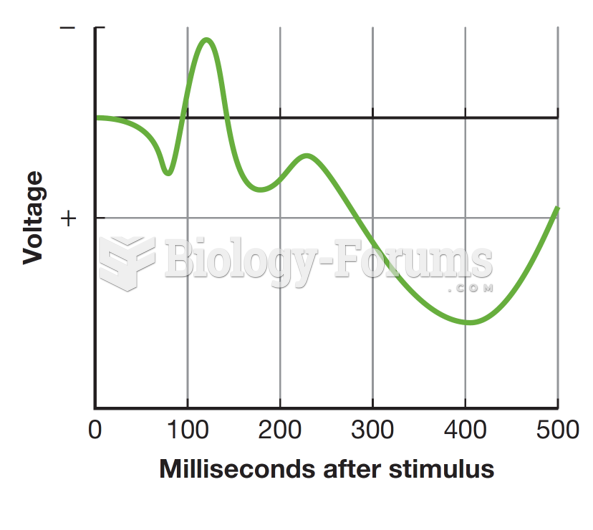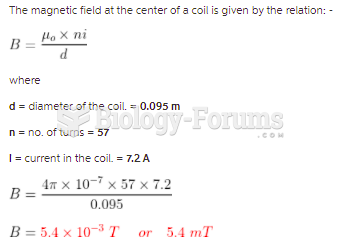This topic contains a solution. Click here to go to the answer
|
|
|
Did you know?
Egg cells are about the size of a grain of sand. They are formed inside of a female's ovaries before she is even born.
Did you know?
There are more sensory neurons in the tongue than in any other part of the body.
Did you know?
Medication errors are more common among seriously ill patients than with those with minor conditions.
Did you know?
The average adult has about 21 square feet of skin.
Did you know?
When blood is deoxygenated and flowing back to the heart through the veins, it is dark reddish-blue in color. Blood in the arteries that is oxygenated and flowing out to the body is bright red. Whereas arterial blood comes out in spurts, venous blood flows.







